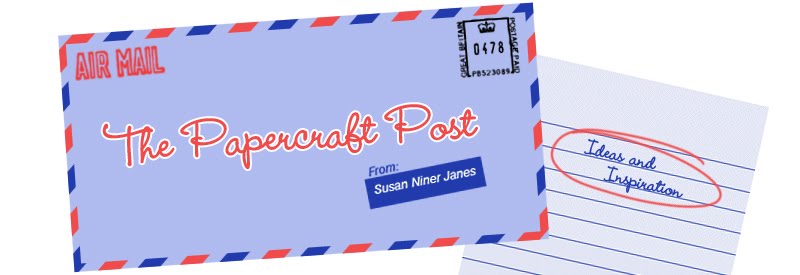Mollie Makes Papercraft
Origami*Scrapbooking*Cardmaking*Stamping
Mollie Makes
Pavilion Books, June 2015
Hardback, £16.99
ISBN 1-978-1-909815-91-9
Star rating: ****
Here’s a welcome new addition to the Mollie Makes-branded range of craft titles (they’ve already got
Crochet, Patchwork & Quilting, Embroidery, Knitting, Weddings, and
Christmas). What were they waiting for with papercrafts??? – perhaps because
the Mollie Makes publication was
originally a sewing craft-lifestyle mag. Well – you know what to expect from Mollie Makes – quality crafts with a quirky
contemporary/hipster edge – but accessible to all.
You will find 20 new projects here, designed by a talented
team of contributors and put together by the competent Mollie Makes editorial team. This is an ideal title for a newbie
who wants a taster of different aspects of papercrafting. The majority of the
projects are delightful – dimensionality and the surprise factor figure in most
of them. The Techniques section, back-of-book, is very meaty – intros to a
variety of papercraft techniques (origami, quilling, pâpier-mâché, paper
manipulation, embellishment techniques) are handled concisely – packing lots of
useful - and fascinating- info into the
available space.
The book takes on board how we have all been spoiled by the
internet – and instead of clickable links, you will find text boxes with interesting
related details like author bios and project motivations (papercraft story). It is always a pleasure to find out what makes
papercraft artists tick.
The step-by-steps accompanying the projects are excellent.
Plenty of info about materials, photos or illustrations where appropriate.
My favourite projects include the Teeny-weeny pull-out house
(flip back the roof to reveal a fold-out greeting) by Alix Swan; the Origami
lampshade, by Esther Thorpe (lovely, and so very do-able); the Foxy nights
papercut (urban foxes shadow box – fun!), by Jaina Minton, and Three little cacti pots, by Sarah Matthew,
which is a masterpiece of paper manipulation (two flowering cacti and a
succulent – ideal for plant lovers sans green fingers).
The beautiful cacti project brings to mind the elephant in
the front room of 21st century papercraft projects. Just how many of
these projects were designed and made digitally? I don’t know for sure how this
project was made, but the preferred method must surely be digital
papercrafting. This project is very fiddly and, at the very least, a link to a
printable.pdf and cutting files for papercrafters with digital papercutters
would be a useful addition to the book. The contributing designers featured in
this book are professionals – surely they design digitally.
So: to book editiors who are reading this review, I am
broadcasting a request: there are more and digital papercrafters out there. We
want craft titles, too!
Summing up – if you are a fledgling papercrafter, or are
looking for a gift for a fledgling papercrafter, Mollie Makes Papercraft will do nicely.



















